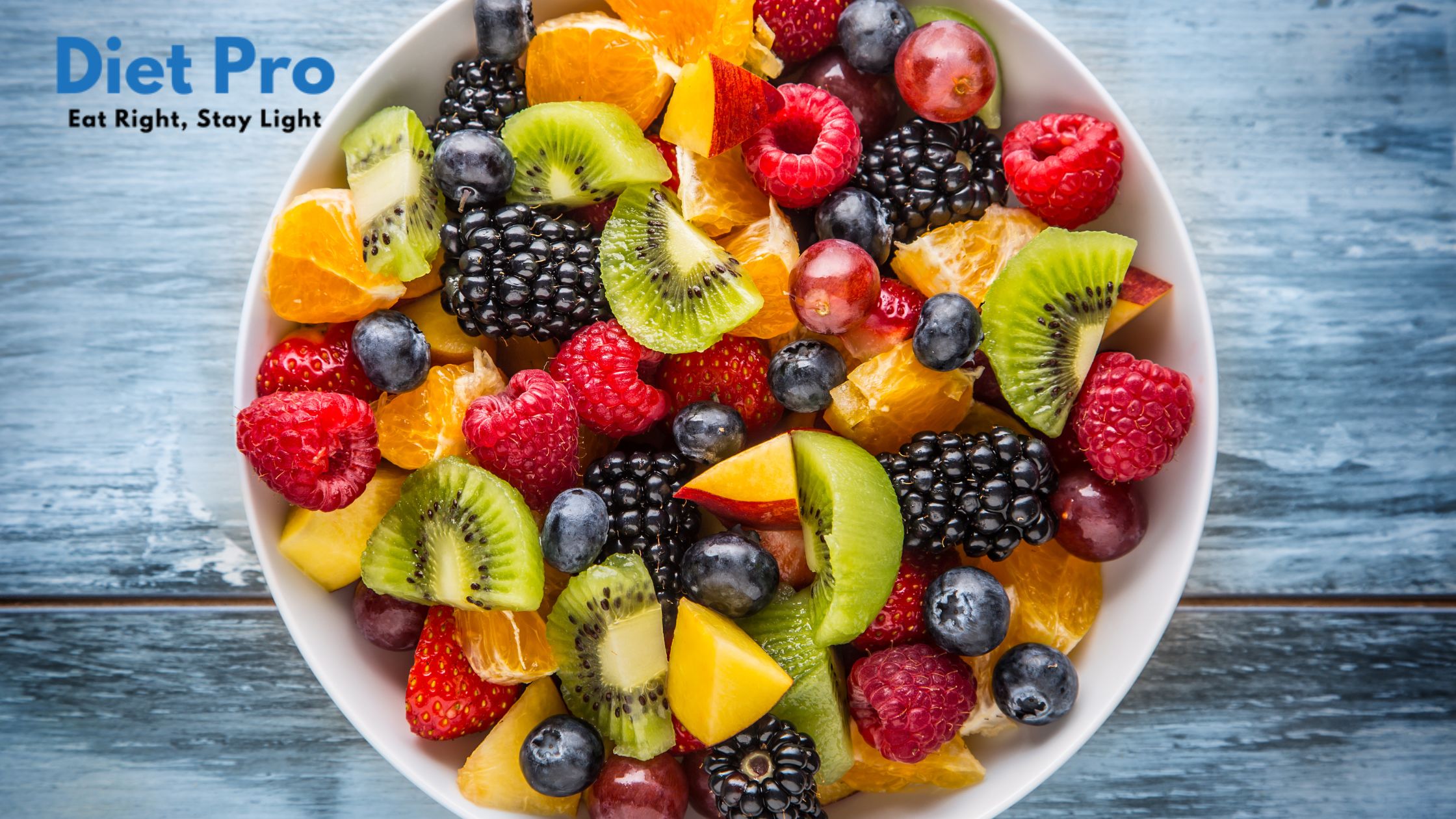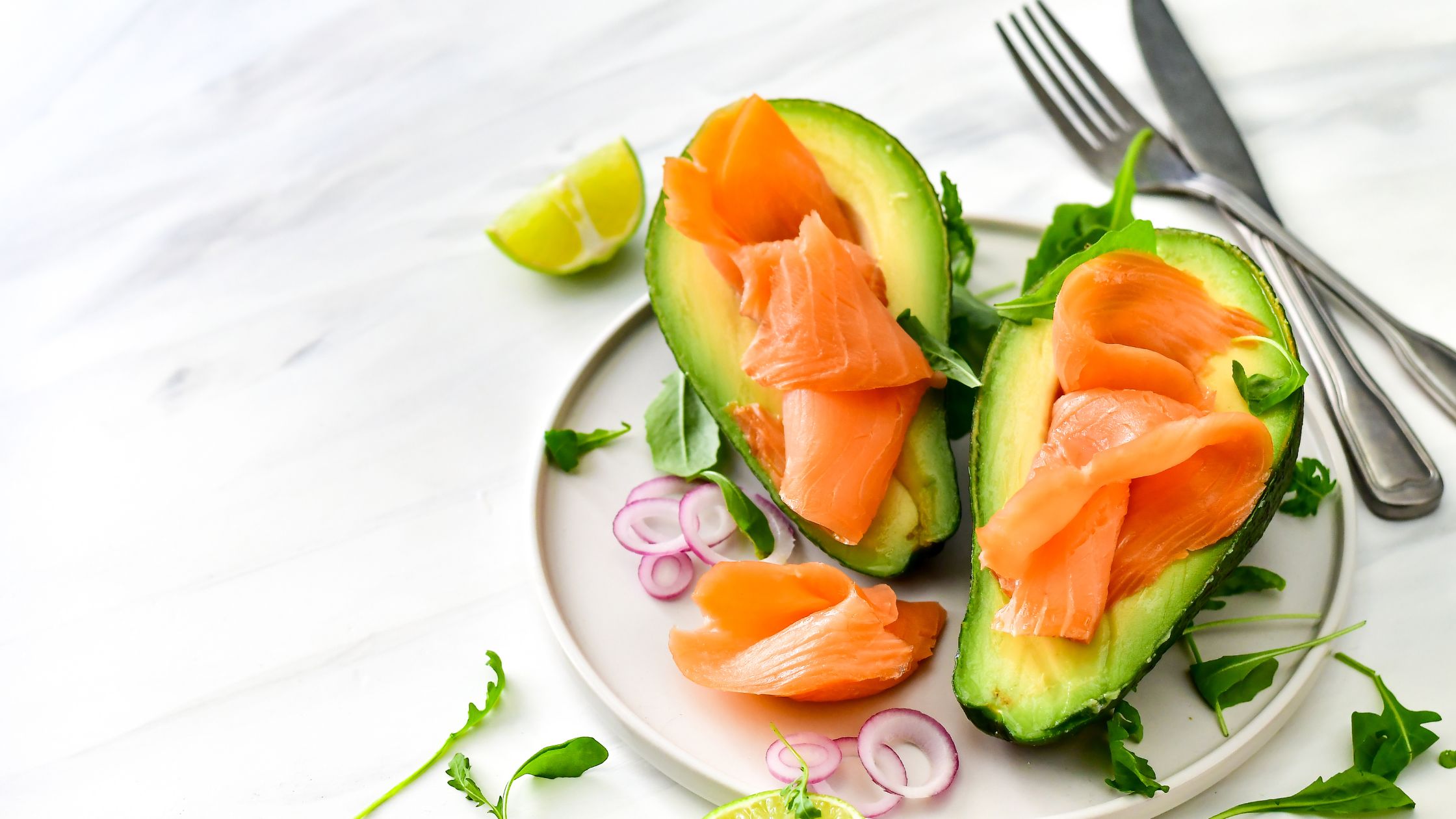Gout is a painful and inflammatory condition caused by excess uric acid accumulation in the body, leading to the formation of urate crystals in the joints. While medication is often prescribed to manage gout, adopting a gout-friendly diet can significantly reduce the risk of flare-ups and improve overall well-being. In this blog, we present a 7-day gout diet plan designed to help you manage your gout symptoms and maintain a healthier lifestyle. Check here 7 Day Gout Diet Plan PDF
7 Day Gout Diet Plan PDF
Day 1: Hydration and Fresh Fruits
Breakfast: Start your day with a glass of water to stay hydrated. Enjoy a bowl of mixed fruits, including cherries, which are known to have anti-inflammatory properties and may help lower uric acid levels.

Lunch: Prepare a salad with leafy greens, cucumber, and bell peppers. Top it with grilled chicken for a protein boost.
Dinner: Opt for a grilled fish fillet served with steamed asparagus and quinoa. Fish is a good source of protein, and quinoa is a low-purine alternative to rice.
Snack: A handful of unsalted almonds or walnuts can be a great way to curb hunger and obtain essential nutrients.
Day 2: Veggies Galore
Breakfast: Have a vegetable omelet made with spinach, tomatoes, and mushrooms. Eggs are an excellent source of protein, and vegetables offer essential vitamins and minerals.

Lunch: Prepare a hearty lentil soup with carrots, celery, and onions. Lentils are low in purines and high in fiber, making them an ideal addition to your gout diet.
Dinner: Roast a colorful medley of vegetables, such as zucchini, bell peppers, and eggplant. Pair it with a small portion of lean meat or tofu for a balanced meal.
Snack: Sliced cucumbers with hummus provide a refreshing and nutritious snack option.
Day 3: Whole Grains and Lean Protein
Breakfast: Enjoy a bowl of oatmeal topped with fresh berries and a drizzle of honey. Oats are a good source of complex carbohydrates and soluble fiber, which may help lower uric acid levels.
Lunch: Make a whole-grain wrap filled with grilled chicken or turkey, avocado, and lettuce. Whole-grain products are rich in fiber and can help maintain stable blood sugar levels.
Dinner: Grill a lean beef or turkey burger and serve it in a whole-grain bun with plenty of fresh vegetables.
Snack: Greek yogurt with a sprinkling of chia seeds is a protein-rich and filling snack.
Day 4: Nutritious Soups and Stews
Breakfast: Blend a green smoothie with spinach, banana, and pineapple for a refreshing start to the day.
Lunch: Prepare a vegetable stew with potatoes, carrots, and peas. Stews are an excellent way to combine various nutrients in one dish.
Dinner: Slow-cook a bean and vegetable soup for a hearty and satisfying meal.
Snack: Fresh fruit salad or a piece of fruit can be a healthy snack to keep you energized.
Day 5: Fish and Seafood Delights

Breakfast: Scramble eggs with smoked salmon and dill for a flavorful breakfast.
Lunch: Have a tuna salad with mixed greens, cherry tomatoes, and olives. Tuna is a low-purine seafood choice. 7 Day Gout Diet Plan PDF
Dinner: Grill or bake a salmon fillet and serve it with roasted sweet potatoes and steamed broccoli.
Snack: Popcorn (plain, without excessive butter or salt) is a light and satisfying snack option. 7 Day Gout Diet Plan PDF.
Day 6: Meatless Monday
Breakfast: Enjoy a bowl of whole-grain cereal with milk or a dairy-free alternative.
Lunch: Prepare a quinoa and chickpea salad with diced cucumber and cherry tomatoes.
Dinner: Create a vegetable stir-fry with tofu or tempeh for added protein.
Snack: Rice cakes with almond butter or peanut butter make for a crunchy and delicious snack.
Day 7: Celebrate with Moderation
Breakfast: Indulge in a whole-grain pancake topped with fresh fruits and a drizzle of maple syrup. 7 Day Gout Diet Plan PDF
Lunch: Make a lean turkey or chicken wrap with a side of fresh fruit salad.
Dinner: Treat yourself to a small portion of your favorite lean meat or seafood dish, paired with a generous serving of steamed vegetables.
Snack: Dark chocolate squares (70% cocoa or higher) can be a delightful and satisfying treat.
Avoiding foods that trigger gout attacks
Gout is a painful condition caused by the buildup of uric acid crystals in the joints. One of the key ways to manage gout and prevent painful flare-ups is by adopting a gout-friendly diet. Certain foods are known to trigger gout attacks or worsen the condition, so it’s crucial to avoid or limit their consumption. Let’s explore some common foods to avoid if you have gout:
1. High-Purine Foods: Foods rich in purines can increase uric acid levels in the body, leading to gout flare-ups. Purines are natural compounds found in various foods, and some examples of high-purine foods to avoid include:
- Organ meats (liver, kidney, sweetbreads)
- Red meats (beef, lamb, pork)
- Game meats (venison, rabbit)
- Seafood (anchovies, sardines, mussels, scallops)
- Some fish (herring, mackerel, trout)
2. Alcohol: Alcohol consumption, especially beer, has been associated with an increased risk of gout attacks. Beer contains high levels of purines, and alcohol can also interfere with the body’s ability to excrete uric acid, leading to higher levels in the bloodstream. Limiting or avoiding alcohol, particularly beer, is advisable for individuals with gout.

3. Sugary Drinks and High-Fructose Corn Syrup: Sugary beverages and those containing high-fructose corn syrup have been linked to an elevated risk of gout. These drinks can increase uric acid production and should be avoided or minimized in the diet.
4. Saturated and Trans Fats: Diets high in saturated fats (found in fatty meats, butter, and full-fat dairy products) and trans fats (found in many processed foods and fried items) have been associated with higher levels of uric acid. Opt for healthier fats, such as those found in olive oil, avocados, and nuts.
5. Foods High in Added Sugars: Foods and drinks with excessive added sugars can contribute to weight gain and worsen gout symptoms. It’s essential to limit sugary snacks, desserts, and sweetened beverages.
6. Some Vegetables: While most vegetables are generally good for gout management, a few are higher in purines and should be consumed in moderation. These include asparagus, spinach, mushrooms, and cauliflower. However, their overall health benefits outweigh the risks when consumed in reasonable amounts.
7. Fast Foods and Processed Foods: Many fast foods and processed foods are high in saturated and trans fats, refined sugars, and excess salt. These items can contribute to weight gain and inflammation, exacerbating gout symptoms.
Low-protein diet
Here’s a gout diet plan with a focus on low-protein foods:
1. Emphasize Fruits and Vegetables: Fruits and vegetables are naturally low in purines and are rich in vitamins, minerals, and antioxidants. Include a variety of colorful fruits and vegetables in your diet, such as berries, cherries, citrus fruits, leafy greens, broccoli, and bell peppers.
2. Choose Low-Purine Grains: Opt for whole grains that are low in purines, such as brown rice, quinoa, oats, and whole wheat. These grains provide essential carbohydrates and fiber while minimizing uric acid production.
3. Consume Healthy Fats: Healthy fats found in foods like avocados, nuts, seeds, and olive oil can be beneficial for gout management. These fats may help reduce inflammation and promote heart health. 7 Day Gout Diet Plan PDF
4. Limit High-Purine Protein Sources: While following a low-protein diet, it’s essential to limit or avoid high-purine protein sources, such as:
- Organ meats (liver, kidney, sweetbreads)
- Red meats (beef, lamb, pork)
- Game meats (venison, rabbit)
- Seafood (anchovies, sardines, mussels, scallops)
- Some fish (herring, mackerel, trout)
5. Choose Low-Fat Dairy: Low-fat dairy products like milk, yogurt, and cheese can be included in moderation, as they are a good source of calcium and may have a neutral effect on uric acid levels.
6. Drink Plenty of Water: Staying hydrated is crucial for gout management. Drinking plenty of water helps flush out excess uric acid from the body, reducing the risk of crystal formation.
7. Limit Alcohol Intake: Alcohol, especially beer, can increase uric acid production and should be limited or avoided. Opt for occasional, moderate consumption of wine or spirits instead. 7 Day Gout Diet Plan PDF.
8. Be Mindful of Sugars and Refined Carbohydrates: High sugar intake and refined carbohydrates can contribute to weight gain, which is a risk factor for gout. Minimize sugary drinks, desserts, and processed snacks.
9. Moderation is Key: While a low-protein diet can be beneficial, it’s essential to strike a balance and not overly restrict protein intake. Adequate protein is necessary for overall health and muscle maintenance. Include low-purine protein sources such as tofu, tempeh, and legumes in moderation.
- Read More :- Healthy Indian Diet After Hysterectomy Surgery
- Read More :- Health Benefits of Black Carrot
- Read More :- Jowar Nutrition Facts
- Read More :- Is Fish Oil Beneficial for Hair Growth?
Conclusion:
By following this 7 Day Gout Diet Plan PDF, you can significantly reduce the risk of gout flare-ups and promote overall health. Remember to drink plenty of water throughout the day, limit alcohol consumption, and engage in regular physical activity to complement your dietary efforts. Always consult with your healthcare provider before making significant changes to your diet, especially if you have pre-existing health conditions or are on medications. With a balanced and mindful approach to eating, you can effectively manage gout and improve your overall well-being.
